Top 4 Things I Learned at Porsche Camp4 Winter Performance Driving School

I’ve never been a “winter person.”
I’ve lived in Canada my whole life, and not once have I woken up in the winter to a frigid, dark and dreary day feeling like I could conquer the world. I thought that taking up a winter sport like snowboarding or skiing would help fight my winter blues. Nope. I just ended up getting injured and hating winter even more.
Porsche seems to have a cure for people like me who love driving, hate winter, and might be tired of skiing injuries: Porsche Camp4 is an immersive winter performance driving course/vacation that teaches people how to drive when grip is rarer than a January heat wave. The program not only teaches how to be safer drivers in the snow, but also how to properly get sideways in it. It takes a driver’s worst winter enemies—snow and ice—and turns them into their best friends.
Held on the purpose-built Mécaglisse snow track in the Canadian province of Quebec, participants are greeted by a stable of new Porsche sports cars and a ridiculously chipper and encouraging group of hosts and skilled instructors. Porsche offers its winter performance school in Finland, China, Switzerland, Italy, and Canada, and in three different levels of difficulty: Camp4 (precision), Camp4S (performance), and Camp4RS (masters), with each level building on the experience gained in the level before.
I crashed into a snow bank, ate one or two pylons, and embarrassed myself in front of my colleagues, but it wasn’t all in vain. I learned a thing or two in the process!
Here are the four most important things drivers will learn at Porsche Camp4:
Winter Tires Are 100% Necessary
If you want to be a better and safer driver in the winter, you absolutely need winter tires, even if you have all-wheel drive. This is a scientifically proven fact, and there is no way around it. Simply put, winter tires give you more grip, and more grip gives you more control. All-wheel drive might get you going faster, but it does absolutely nothing to help a car stop or slow down.
ALSO SEE: Why You Absolutely Need Winter Tires, Even If You Have All-Wheel Drive
The Nokian Hakkapeliitta winter tires we used have 1.5-mm studs, while the tires used in the Camp4RS program have 3-mm studs, which are needed because drivers in the advanced course are let loose in the woods to rally the Porsches in the snow with very little room for error. Not having the proper tires can make the difference between having fun and having an awful time because you wrapped a six-figure Porsche around a tree.
Luckily the tracks used in the beginner’s Camp4 are wide and generous, so the worst that can happen is a meeting with a soft snow bank (not to bruise our egos too much, one of the instructors called it a love tap).
Driving these Porsches in the snow also proved to me that as long as you have proper winter tires, you can own a sports car and not need a winter beater, even if it’s rear-wheel drive.
Porsches Are Excellent Teachers
Part of the reason why Porsches are so interesting to drive in the snow is because they come in so many configurations, each having unique driving dynamics. We were able to drive mid-engine, rear-wheel-drive 718 Caymans as well as rear-engined 911s with both rear- and four-wheel drive. Cayenne SUVs are also on hand, but you don’t want to see those because they’re used as tow vehicles to get troubled drivers out of ditches.
Driving the cars back to back and also with Porsche Stability Management (PSM) traction control on and off really exaggerates how different cars require different driving techniques.
One of the instructors joked that PSM stands for “Please Save Me” because it takes the guess work out of hairy situations, reining in a car when the driver’s enthusiasm perhaps outweighs their skill. With PSM traction control turned off, the car relies on the driver fully to know what to do get out an oversteer or understeer situation. It’s safe to say that most people have no idea, but that’s why Porsche has Camp4 in the first place.
ALSO SEE: Racing Legend Offers Top 10 Winter Driving Tips
The Porsches are great teachers themselves, but the Camp4 instructors, all of whom have extensive racing backgrounds, are fantastic at helping drivers interpret what the cars are trying to tell them and how to react to it.
Style is More Important Than Speed
I’ve never had so much fun going this slow. Driving in the snow isn’t about going fast — it’s about going slow with style. The Camp4 program had a slalom, skid pad and snow track, but blazing lap times weren’t the goal. The goal was figuring out how to use each car’s unique dynamics and the lack of traction to your advantage.
It’s all a lesson in physics, and the more you understand physics and how it changes depending on the weather conditions and what type of car you’re driving, the more style you’ll be able to drive with. Instead of blasting through the slalom, we learned to pendulum around the cones using the car’s rear-bias to help us. We learned how drifting with a four-wheel-drive sports car is different than drifting with rear-wheel drive. And we also learned the Scandinavian Flick, a move rally drivers use to get around a corner more efficiently. The Scandinavian Flick involves a series of counter-intuitive actions that essentially upset a car’s balance on purpose to get around a corner using a pendulum motion so the car doesn’t lose too much momentum.
I just learned the Scandinavian Flick. I'm so happy. #CAMP4 Thank you @PorscheCanada!! pic.twitter.com/JJYM3TQ1M8
— Jodi Lai (@DrivingMissJodi) February 1, 2017
How to Correct Understeer and Oversteer
Simply put, understeer sucks and it means the front tires are losing grip and it happens when you drive too quickly into a corner. The way to correct it is to look where you want the car to go, unwind the steering, and ease off the throttle.
Oversteer, which is when the rear tires lose grip, is much more stylish and also a bit harder to work with. The best way to fix it is to correct, pause, and recover: counter steer into the skid, pause to let the car’s weight settle, and then use the throttle gently to exit the skid.
It’s a lot of information to process, but the more you practice, the more you’ll be able to tell what’s going on, not by seeing it as it happens, but by feeling it in the seat of your pants and being able to react correctly before your Porsche slides into a snow bank. It may take a lot of practice, but under the watchful eye of talented instructors, drivers will leave Porsche Camp4 feeling like Ken Block.
Winter typically makes me want to hide and hibernate. Winter is cold and slippery, but Porsche Camp4 turns those terrible attributes into something that even someone who hates winter can begin to love.

Jodi has been obsessed with cars since she was little and has been an automotive journalist for the past 12 years. She has a Bachelor of Journalism from Ryerson University in Toronto, is a member of the Automobile Journalists Association of Canada (AJAC), and a jury member for the prestigious North American Car/Truck/Utility Vehicle of the Year (NACTOY). Besides hosting videos, and writing news, reviews and features, Jodi is the Editor-in-Chief of AutoGuide.com and takes care of the site's day-to-day operations.
More by Jodi Lai


























































































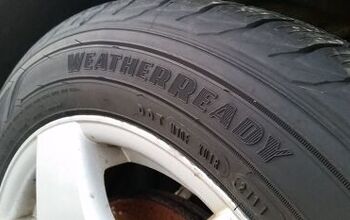

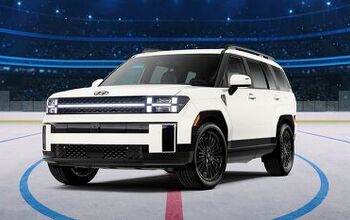




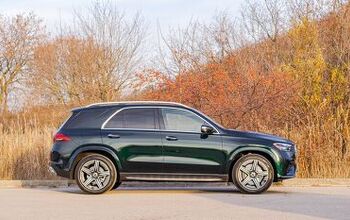
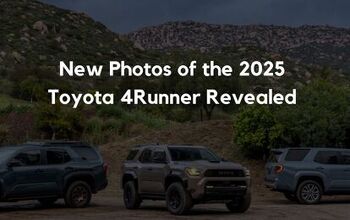
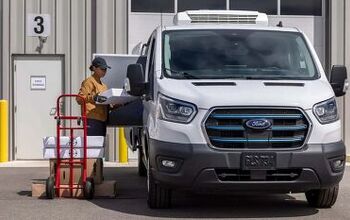


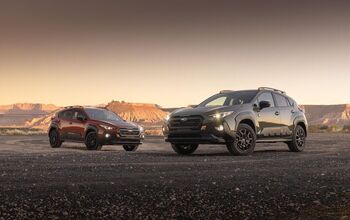
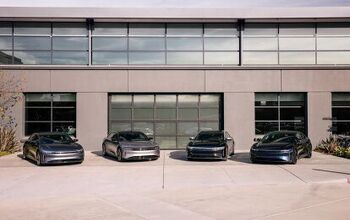

Comments
Join the conversation
Uh, get a Cayenne instead....